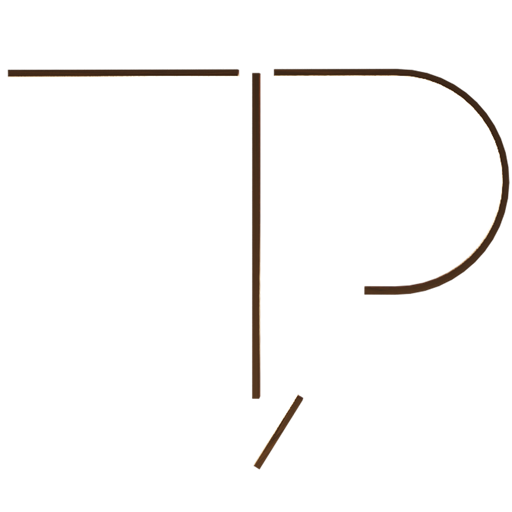
Combinations of structures
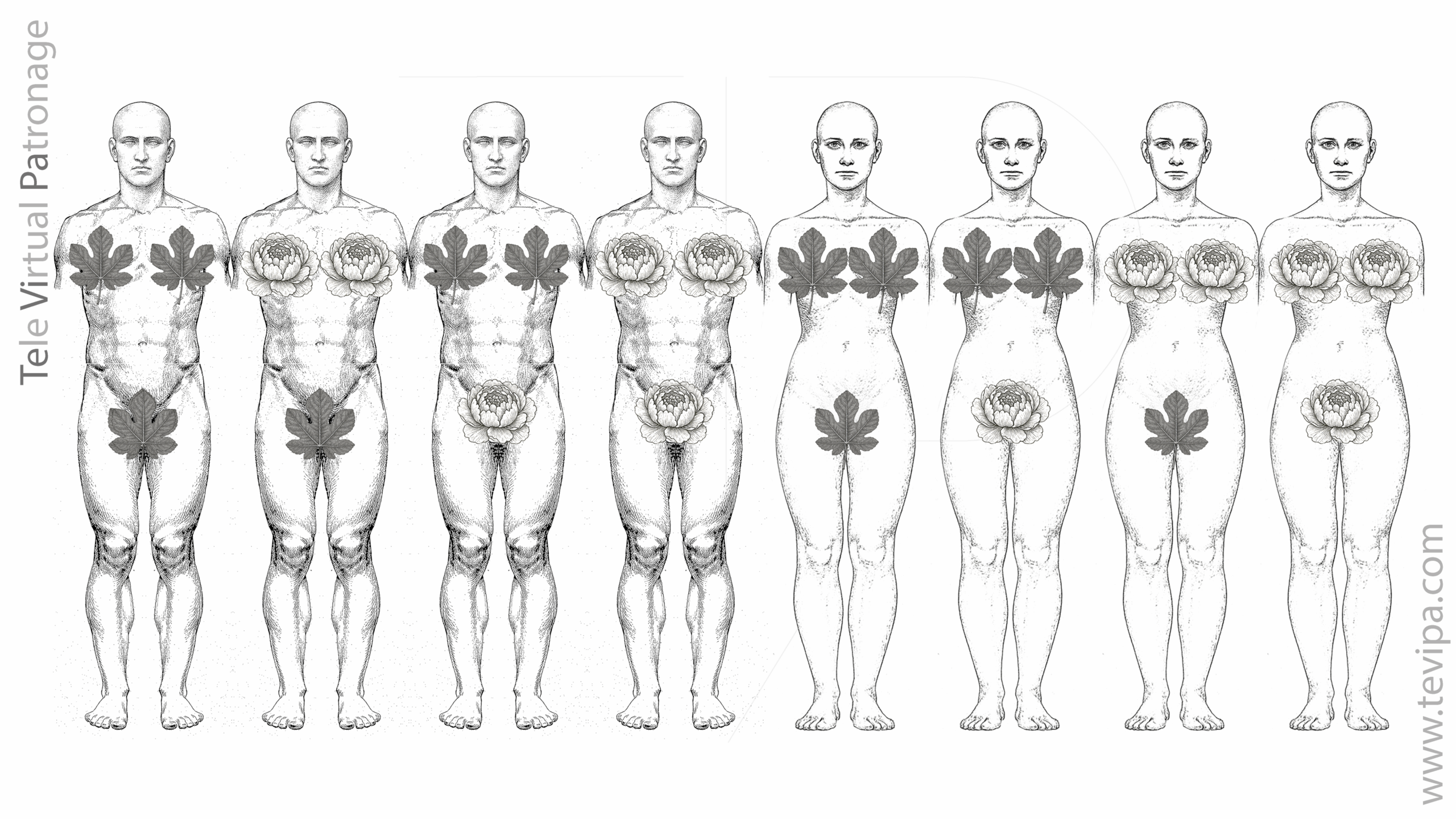
A pattern maker or designer does not give opinions: they measure, observe, and adapt.
They do not side with the most conservative nor with the most progressive; they simply translate the body into proportions and structures so that a garment fits well. This neutrality is, at the same time, respect and craftsmanship.
The possible variations of a body
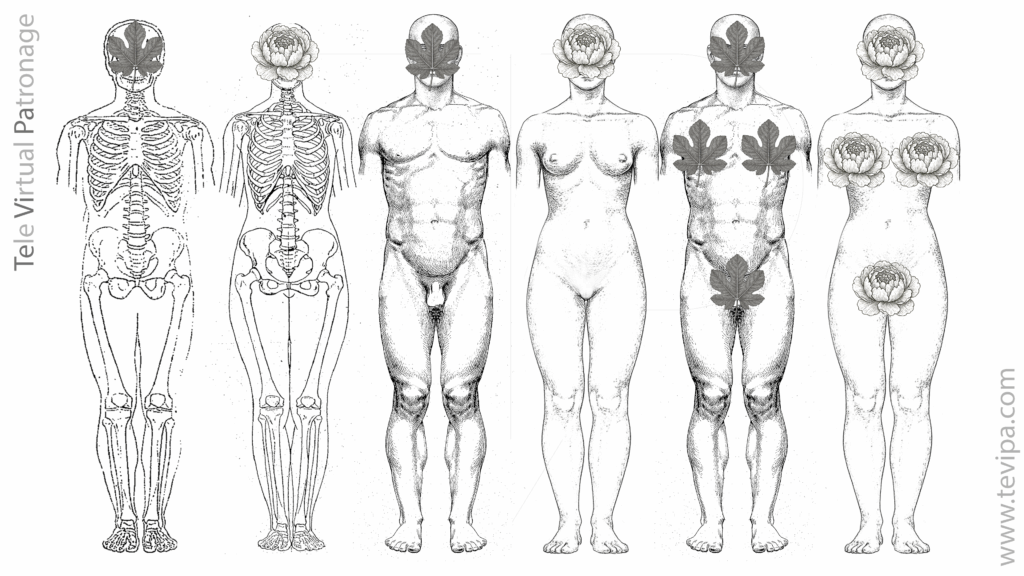
If we analyze the human body from the external point of view, we find different possible configurations depending on the relationship between internal structure (skeletal) and external structure (chest and genitals).
Among them, two are considered original morphologies:
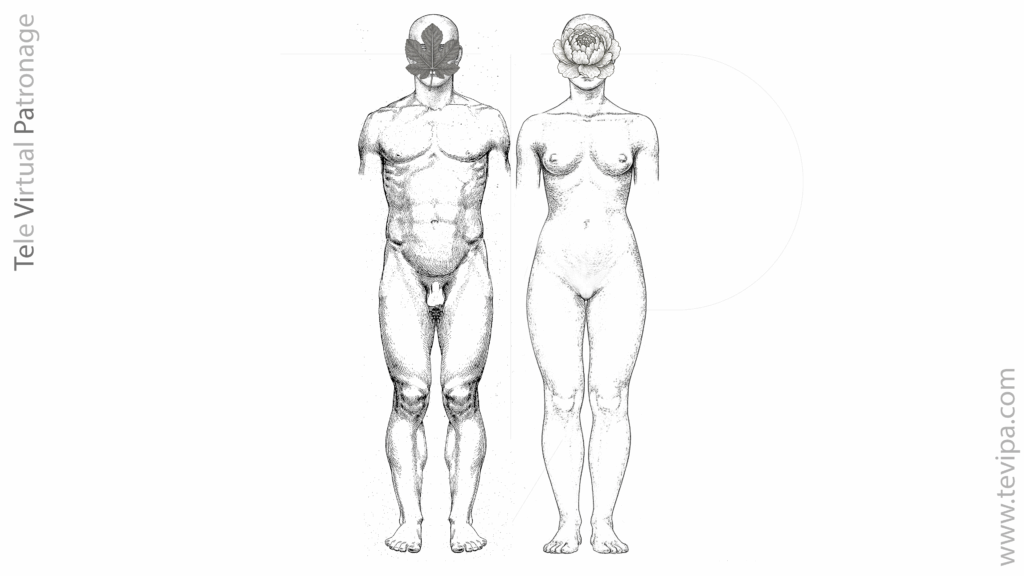
- The masculine (m), when internal and external structures both align as masculine.
- The feminine (f), when internal and external structures both align as feminine.
The others are variations that result from crossing these two dimensions.
Mathematical formulation
We define two sets based on the original morphologies:
- Internal structure: {m, f}
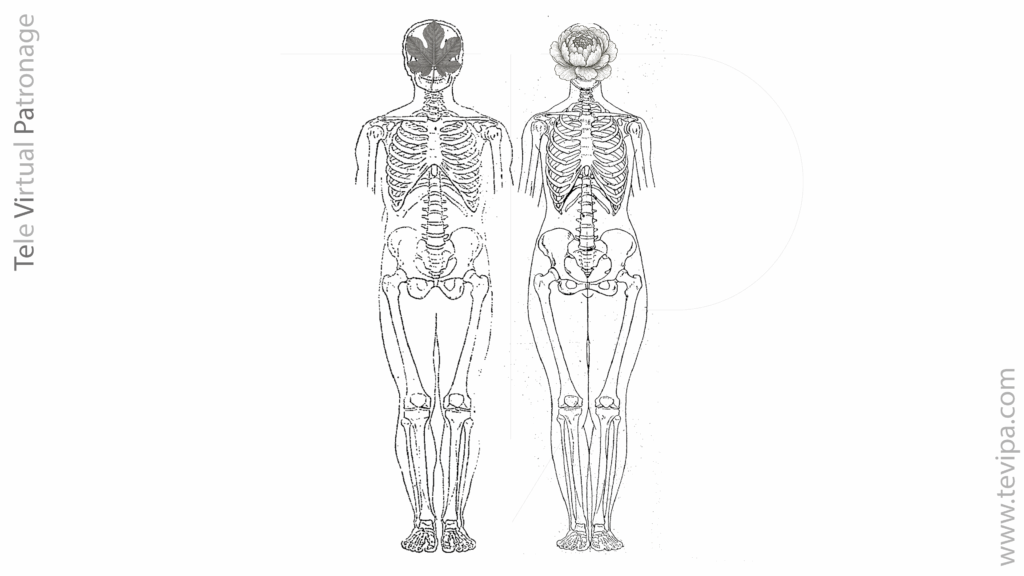
- External structure: {mm, mf, fm, ff}
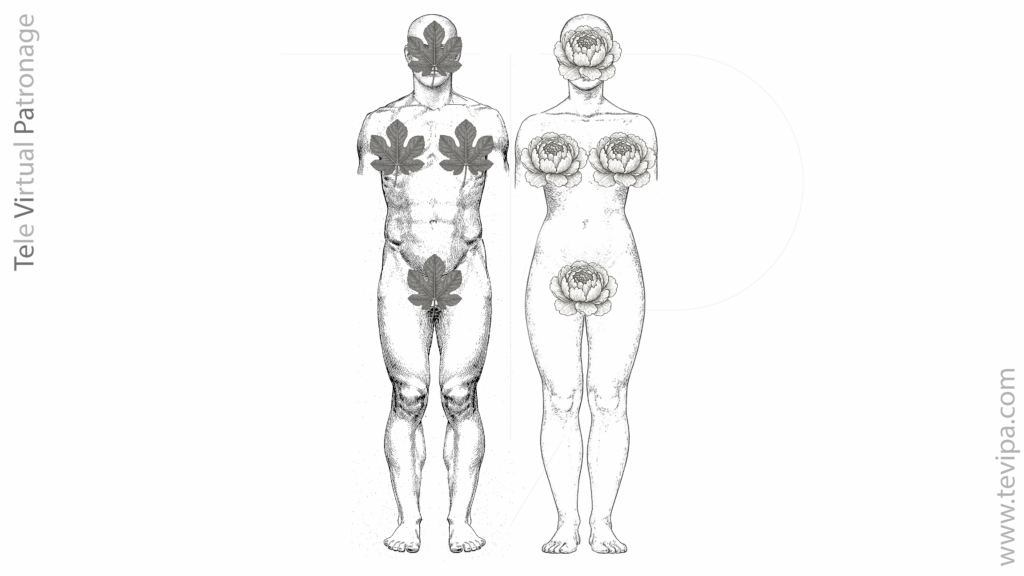
where the first letter corresponds to the torso (“upper”) and the second to the genitals (“lower”).
The Cartesian product of these two sets gives 2 × 4 = 8 possible combinations.
Table of combinations
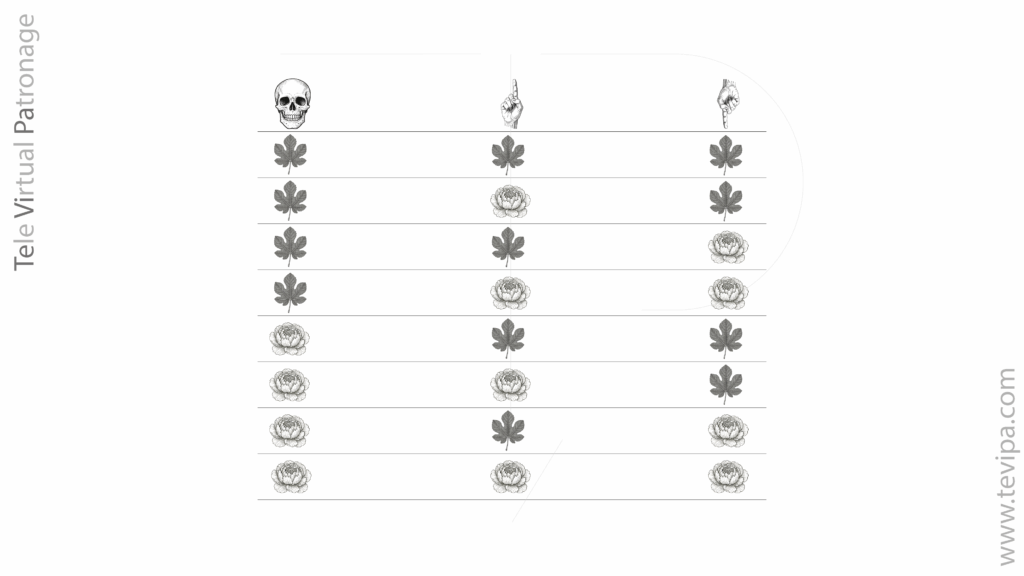
Symbolic representation
To display it visually, we had to resort to traditional symbols: the fig leaf to cover the masculine and the flower to cover the feminine.
It is not an aesthetic choice, but a way to circumvent what we could call the prudish digital morality, a censorship that forces us to disguise the obvious even when talking about anatomy
Conclusion
Pattern making reminds us that equality is built by recognizing inequality.
Every body is unique, and the role of the pattern maker is not to judge or normalize it, but to adapt it.
In that technical gesture lies the greatest act of respect for the diversity of the human body.